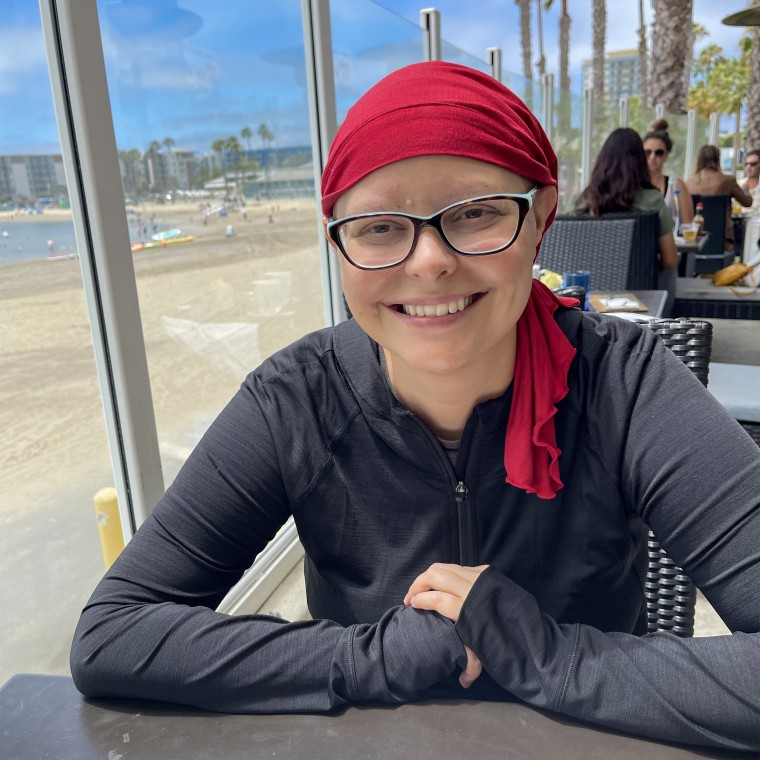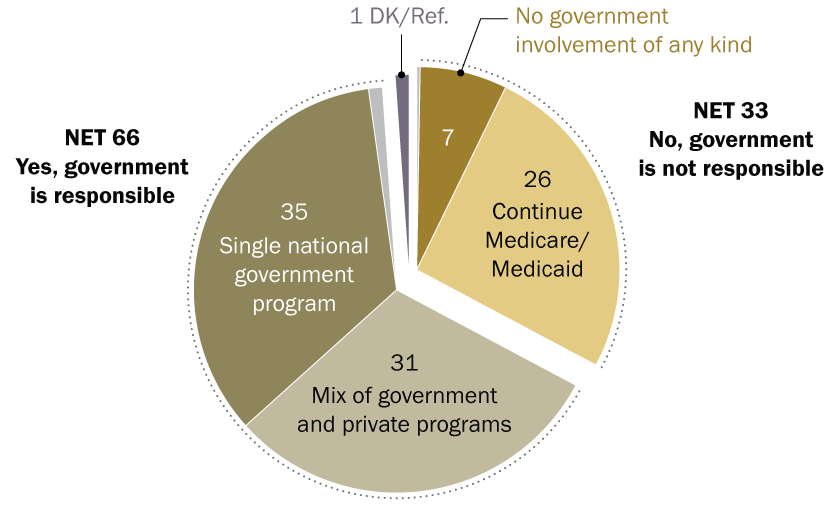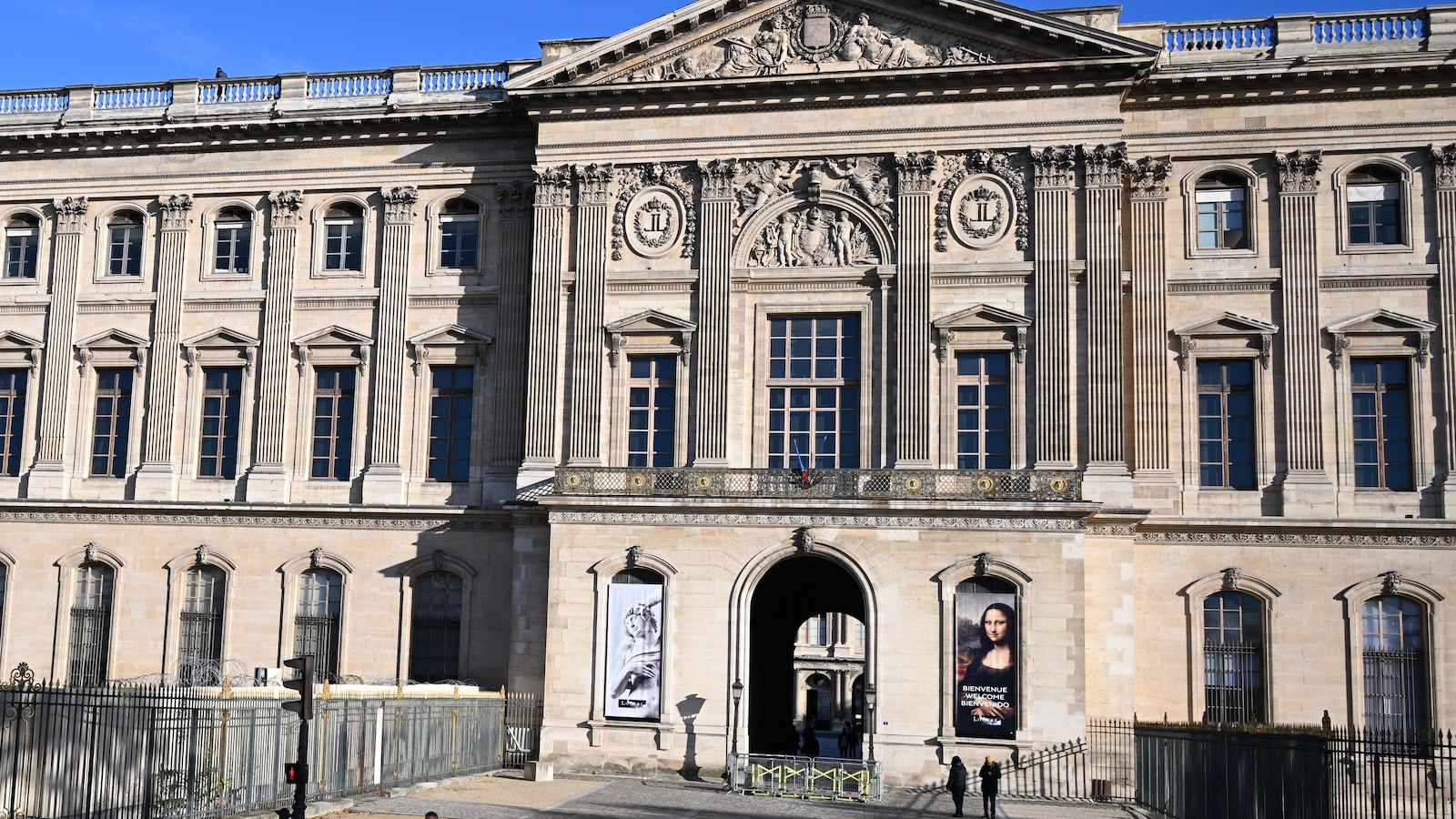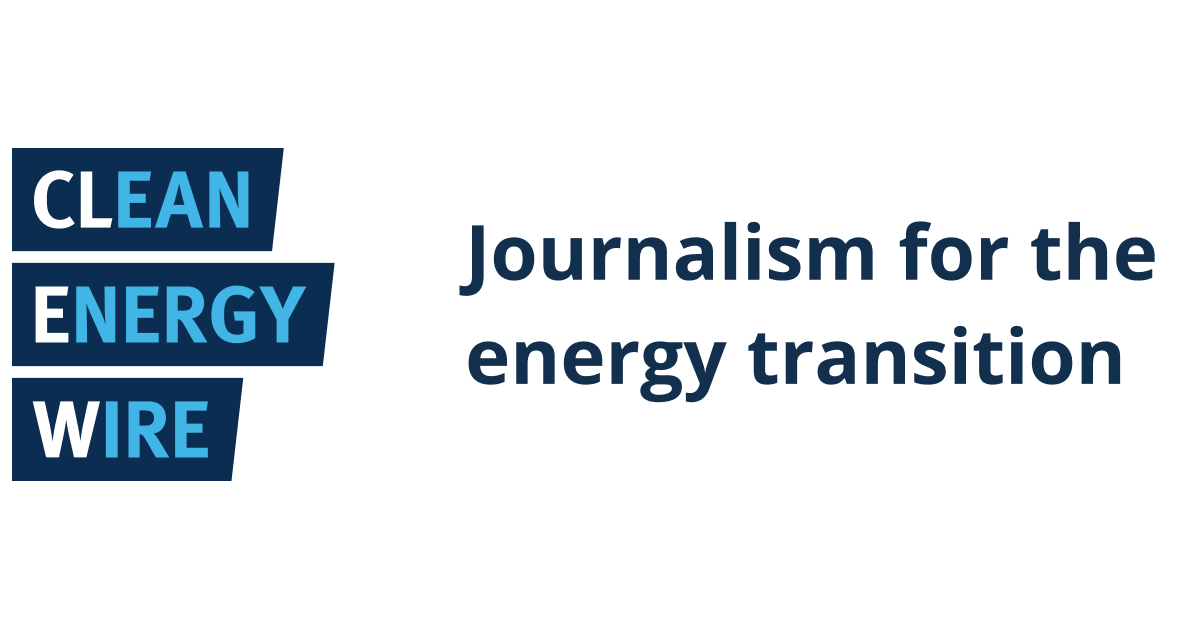Federal Judge Overturns Trump-Era Decision to Open Pacific Marine Monument to Commercial Fishing – Native News Online

Judicial Ruling Reinstates Protections for Pacific Marine Monument, Upholding SDG 14
A U.S. District Court ruling has nullified a decision by the National Marine Fisheries Service (NMFS) that permitted commercial fishing within the Pacific Islands Heritage Marine National Monument. This legal action reinstates critical protections for marine ecosystems, directly supporting the objectives of Sustainable Development Goal 14 (Life Below Water) by safeguarding biodiversity and ensuring the sustainable management of marine resources.
The ruling immediately halts all commercial fishing activities in the waters 50 to 200 nautical miles surrounding Johnston Atoll, Jarvis Island, and Wake Island, areas that had been protected since 2014.
Legal Context and Contribution to SDG 16
Violation of Procedural Law and Institutional Accountability
The court found that the NMFS acted unlawfully by authorizing fishing access without adhering to the required public process outlined in the Magnuson-Stevens Act. This failure to provide public notice and an opportunity for comment undermines the principles of transparent and accountable governance central to Sustainable Development Goal 16 (Peace, Justice and Strong Institutions).
- The ruling reinforces SDG Target 16.6 by holding a government agency accountable for its actions.
- It upholds SDG Target 16.7 by affirming the importance of responsive, inclusive, and participatory decision-making in environmental regulation.
Chronology of Regulatory Actions
- 2014: Protections established by the Obama administration closed the monument waters to commercial fishing.
- April 17, 2020: A presidential proclamation by the Trump administration sought to reverse the commercial fishing ban.
- April 25, 2020: The NMFS issued a letter authorizing commercial fishing, bypassing the formal rulemaking process.
- May 2020: A coalition of conservation groups filed a lawsuit challenging the proclamation and the NMFS letter.
- August 2025: The U.S. District Court in Honolulu vacated the NMFS letter, deeming it unlawful.
Implications for Sustainable Development Goals
Advancing SDG 14: Life Below Water
The court’s decision is a significant victory for marine conservation and directly contributes to several targets under SDG 14.
- Marine Ecosystem Protection (Target 14.2): The ruling strengthens the protection of the monument’s unique and vulnerable marine ecosystems from the adverse impacts of destructive fishing practices such as longline and purse seine fishing.
- Sustainable Fisheries Management (Target 14.4): By reinstating the ban, the decision supports efforts to regulate harvesting effectively and prevent overfishing, contributing to the restoration and maintenance of healthy fish stocks.
- Conservation of Marine Areas (Target 14.5): The action safeguards the integrity of a globally significant Marine Protected Area (MPA), reinforcing progress toward the international goal of conserving at least 10 percent of coastal and marine areas.
The Role of Civil Society Partnerships (SDG 17)
The legal challenge was successfully brought forth by a partnership of civil society organizations, including Kāpa‘a, the Conservation Council for Hawai‘i, and the Center for Biological Diversity, with legal representation from Earthjustice. This coalition exemplifies the multi-stakeholder partnerships described in Sustainable Development Goal 17 (Partnerships for the Goals), which are essential for implementing environmental protections and achieving sustainable development objectives.
Current Status and Future Proceedings
While the court order has vacated the NMFS letter and effectively stopped commercial fishing, the broader legal challenge to the 2020 presidential proclamation itself is still pending. The court will determine the schedule to resolve this claim in a forthcoming scheduling conference.
SDGs Addressed or Connected to the Issues Highlighted in the Article
- SDG 14: Life Below Water – The article’s core subject is the legal battle over protecting a marine national monument from commercial fishing.
- SDG 16: Peace, Justice and Strong Institutions – The article details a legal process where the judicial system holds a government agency accountable, emphasizing the rule of law and transparent governance.
- SDG 17: Partnerships for the Goals – The article highlights the collaborative effort of several civil society organizations to challenge the government’s decision and advocate for environmental protection.
Specific Targets Identified Based on the Article’s Content
SDG 14: Life Below Water
- Target 14.2: By 2020, sustainably manage and protect marine and coastal ecosystems to avoid significant adverse impacts.
- Explanation: The article focuses on the effort to uphold protections for the “Pacific Islands Heritage Marine National Monument” to shield its “unique and vulnerable species and ecosystems” from the “destructive fishing practices” of commercial fishing. The court ruling reinforces the management and protection of this marine ecosystem.
- Target 14.4: By 2020, effectively regulate harvesting and end overfishing, illegal, unreported and unregulated fishing and destructive fishing practices.
- Explanation: The court’s decision nullifies the authorization for commercial fishing, specifically mentioning the need to stop “destructive fishing practices such as longline and purse seine fishing.” The order mandates that “All fishing in the waters… must stop right away,” directly addressing the regulation of harvesting and destructive practices.
- Target 14.5: By 2020, conserve at least 10 per cent of coastal and marine areas, consistent with national and international law.
- Explanation: The article is centered on a “Marine National Monument,” which is a designated marine protected area. The legal challenge aims to maintain the conservation status and integrity of this area, which was established “under protections put in place by former President Obama.”
SDG 16: Peace, Justice and Strong Institutions
- Target 16.6: Develop effective, accountable and transparent institutions at all levels.
- Explanation: The article shows the judicial system acting as a check on a government agency. The court found that the National Marine Fisheries Service (NMFS) “acted unlawfully,” thereby holding the institution accountable for not following established legal processes.
- Target 16.7: Ensure responsive, inclusive, participatory and representative decision-making at all levels.
- Explanation: The ruling was based on the NMFS’s failure to adhere to the Magnuson-Stevens Act, which “requires public notice and an opportunity for comment before changing fishing regulations.” This highlights the importance of participatory decision-making. An attorney is quoted as saying the administration tried to “dismantle vital protections… without involving the public.”
SDG 17: Partnerships for the Goals
- Target 17.17: Encourage and promote effective public, public-private and civil society partnerships.
- Explanation: The legal action was a successful partnership of civil society organizations. The article names the plaintiffs as “Kāpa‘a, the Conservation Council for Hawai‘i, and the Center for Biological Diversity,” who were represented by the law firm “Earthjustice.” This coalition worked together to achieve a shared conservation goal.
Indicators Mentioned or Implied in the Article
SDG 14: Life Below Water
- Indicator: The legal enforcement of protections for a marine protected area.
- Explanation: The court’s ruling, which “nullifies an April 25 letter from NMFS that authorized commercial fishing,” serves as a direct indicator of the enforcement of conservation rules for the “Pacific Islands Heritage Marine National Monument.”
- Indicator: Prohibition of specific destructive fishing practices.
- Explanation: The article implies progress by mentioning the halt of “destructive fishing practices such as longline and purse seine fishing” within the monument as a result of the court order.
SDG 16: Peace, Justice and Strong Institutions
- Indicator: Judicial rulings that enforce procedural requirements on government agencies.
- Explanation: The court’s finding that NMFS “acted unlawfully by granting fishing access without following the proper process” is a clear indicator of an independent judiciary ensuring institutional accountability.
- Indicator: Existence of legal frameworks requiring public participation.
- Explanation: The article’s reference to the Magnuson-Stevens Act and its requirement for “public notice and an opportunity for comment” is an indicator of a system designed for inclusive and participatory decision-making.
SDG 17: Partnerships for the Goals
- Indicator: Formation of coalitions of civil society organizations to achieve sustainability goals.
- Explanation: The successful lawsuit filed by the coalition of “Kāpa‘a, the Conservation Council for Hawai‘i, and the Center for Biological Diversity” is a tangible indicator of an effective civil society partnership in action.
Summary Table of SDGs, Targets, and Indicators
| SDGs | Targets | Indicators Identified in the Article |
|---|---|---|
| SDG 14: Life Below Water |
14.2: Protect marine and coastal ecosystems.
14.4: Effectively regulate harvesting and end destructive fishing practices. 14.5: Conserve coastal and marine areas. |
The court’s ruling to enforce protections for the Pacific Islands Heritage Marine National Monument.
The immediate halt of commercial fishing, including “longline and purse seine fishing,” in the monument. The legal defense of a designated “Marine National Monument.” |
| SDG 16: Peace, Justice and Strong Institutions |
16.6: Develop effective, accountable and transparent institutions.
16.7: Ensure responsive, inclusive, and participatory decision-making. |
The court’s finding that the NMFS “acted unlawfully,” holding a government agency accountable.
The enforcement of the Magnuson-Stevens Act, which requires “public notice and an opportunity for comment.” |
| SDG 17: Partnerships for the Goals | 17.17: Encourage and promote effective civil society partnerships. | The successful legal challenge by a coalition of plaintiffs: “Kāpa‘a, the Conservation Council for Hawai‘i, and the Center for Biological Diversity.” |
Source: nativenewsonline.net

What is Your Reaction?
 Like
0
Like
0
 Dislike
0
Dislike
0
 Love
0
Love
0
 Funny
0
Funny
0
 Angry
0
Angry
0
 Sad
0
Sad
0
 Wow
0
Wow
0










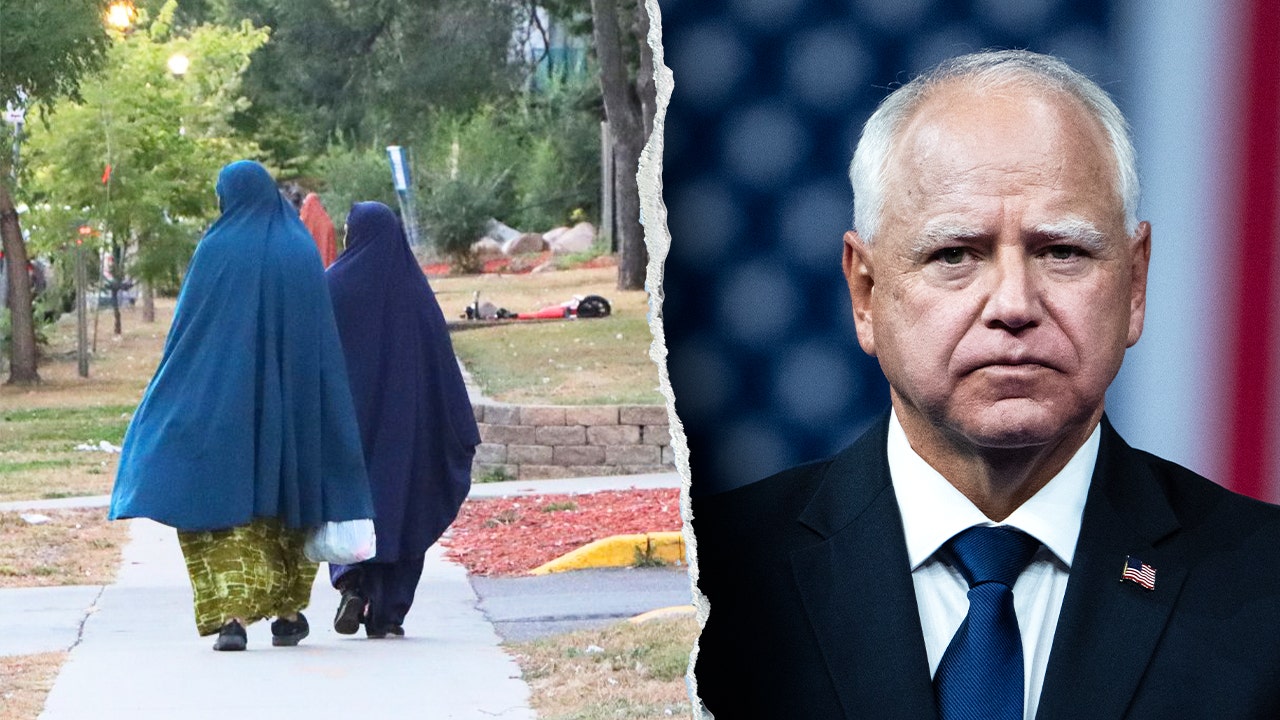













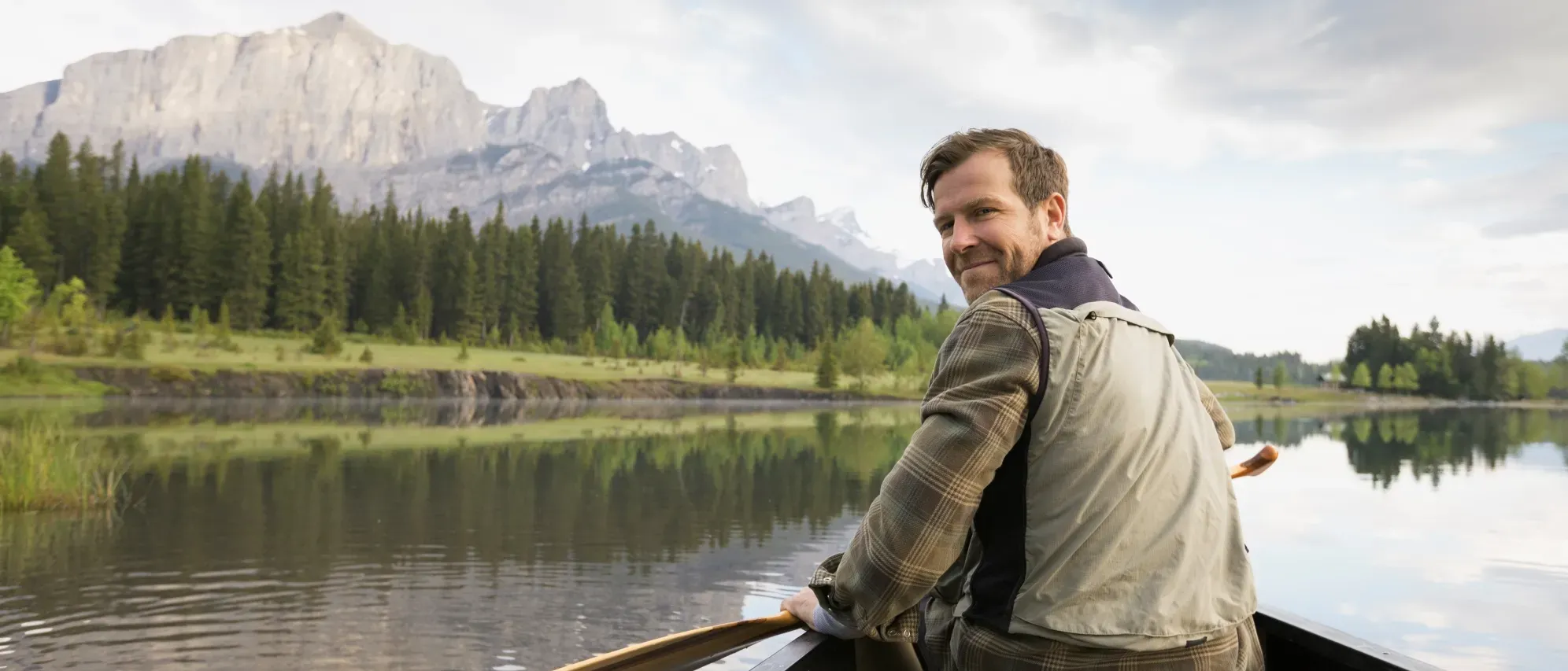
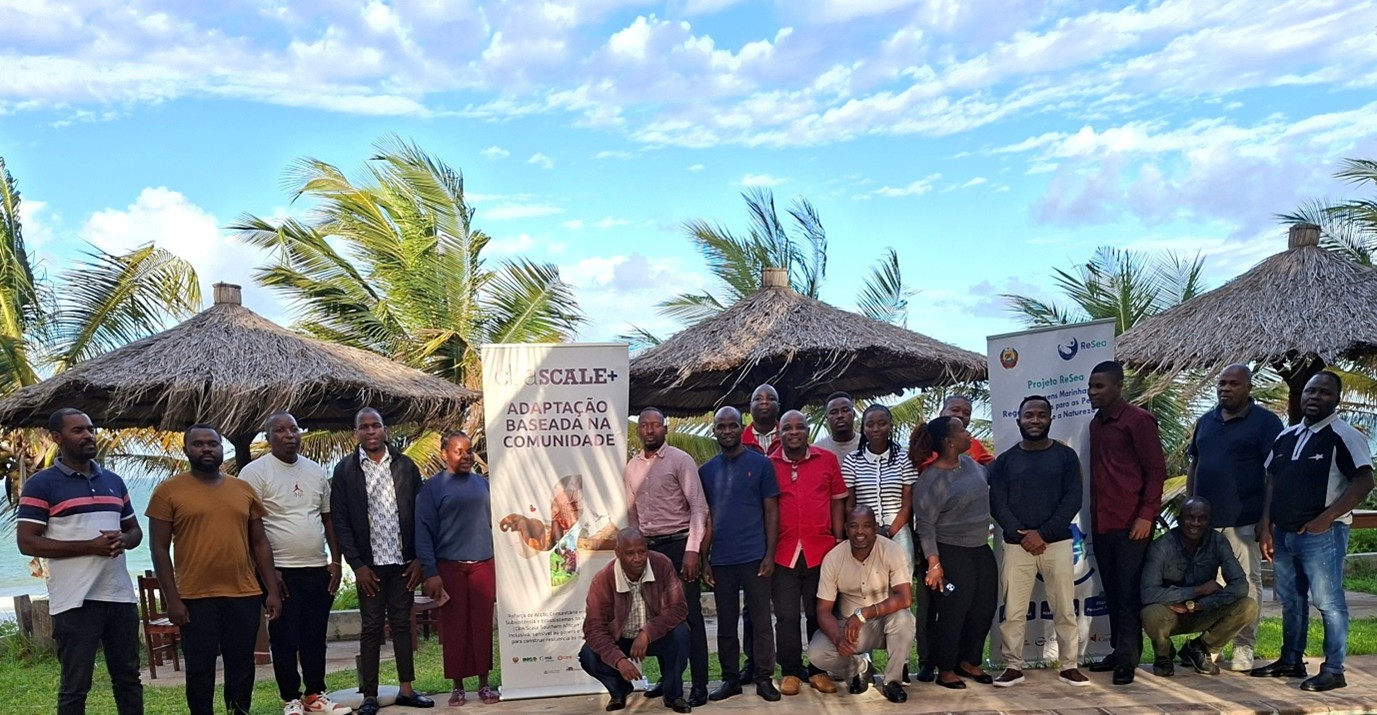









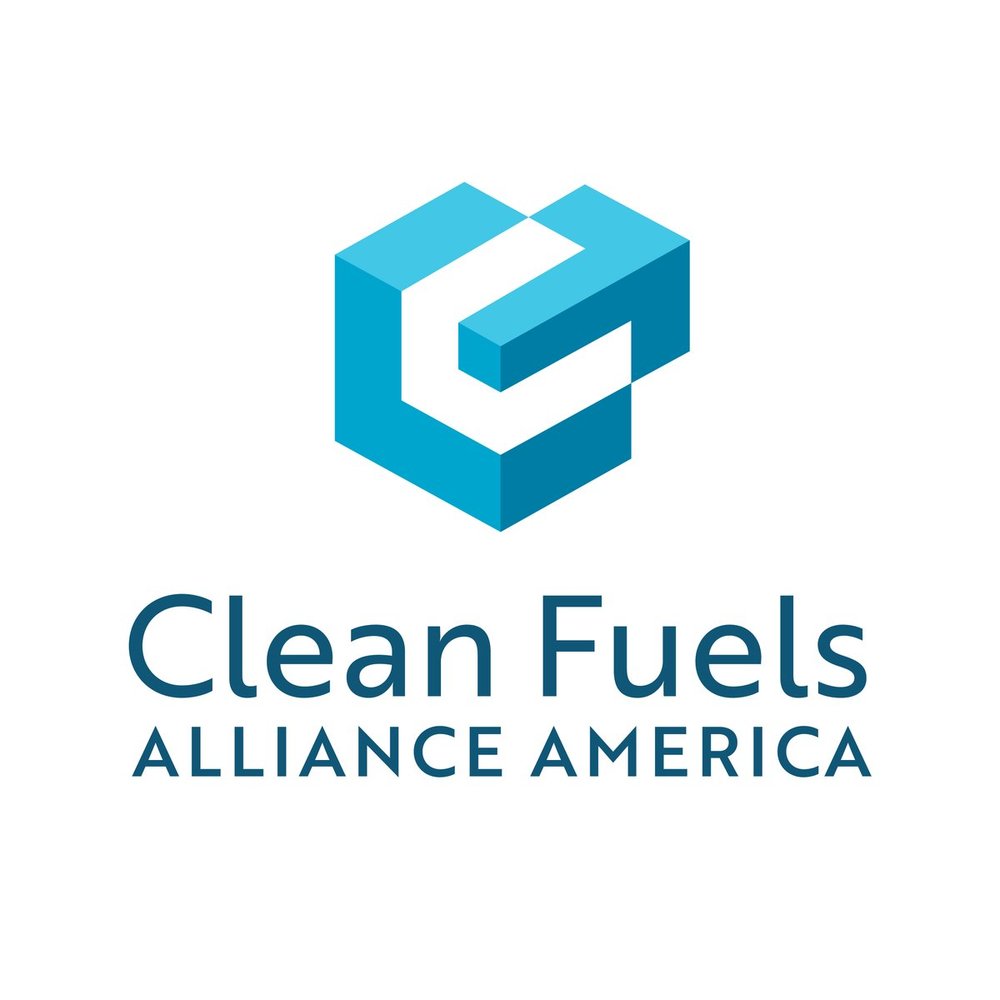
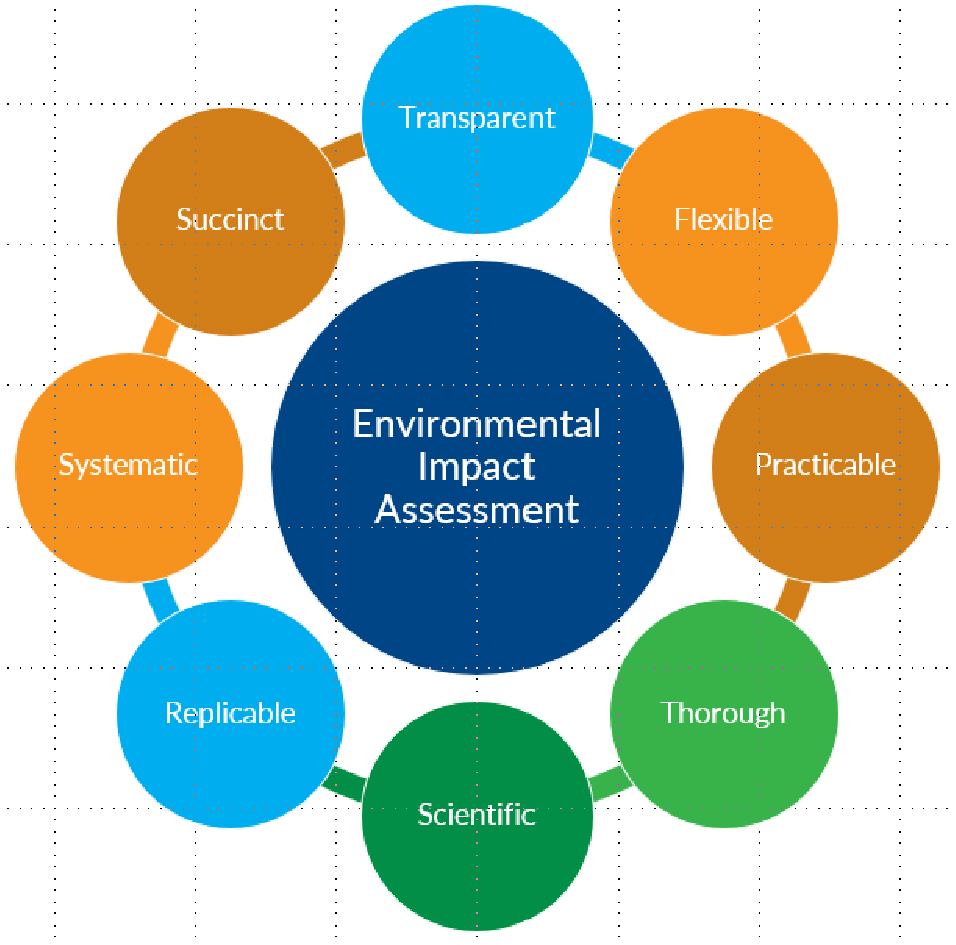





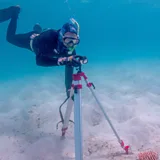
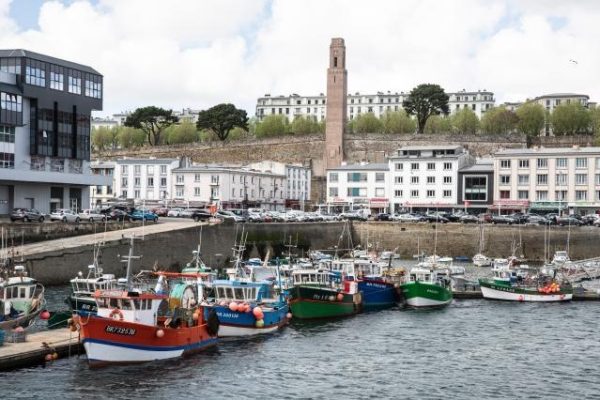
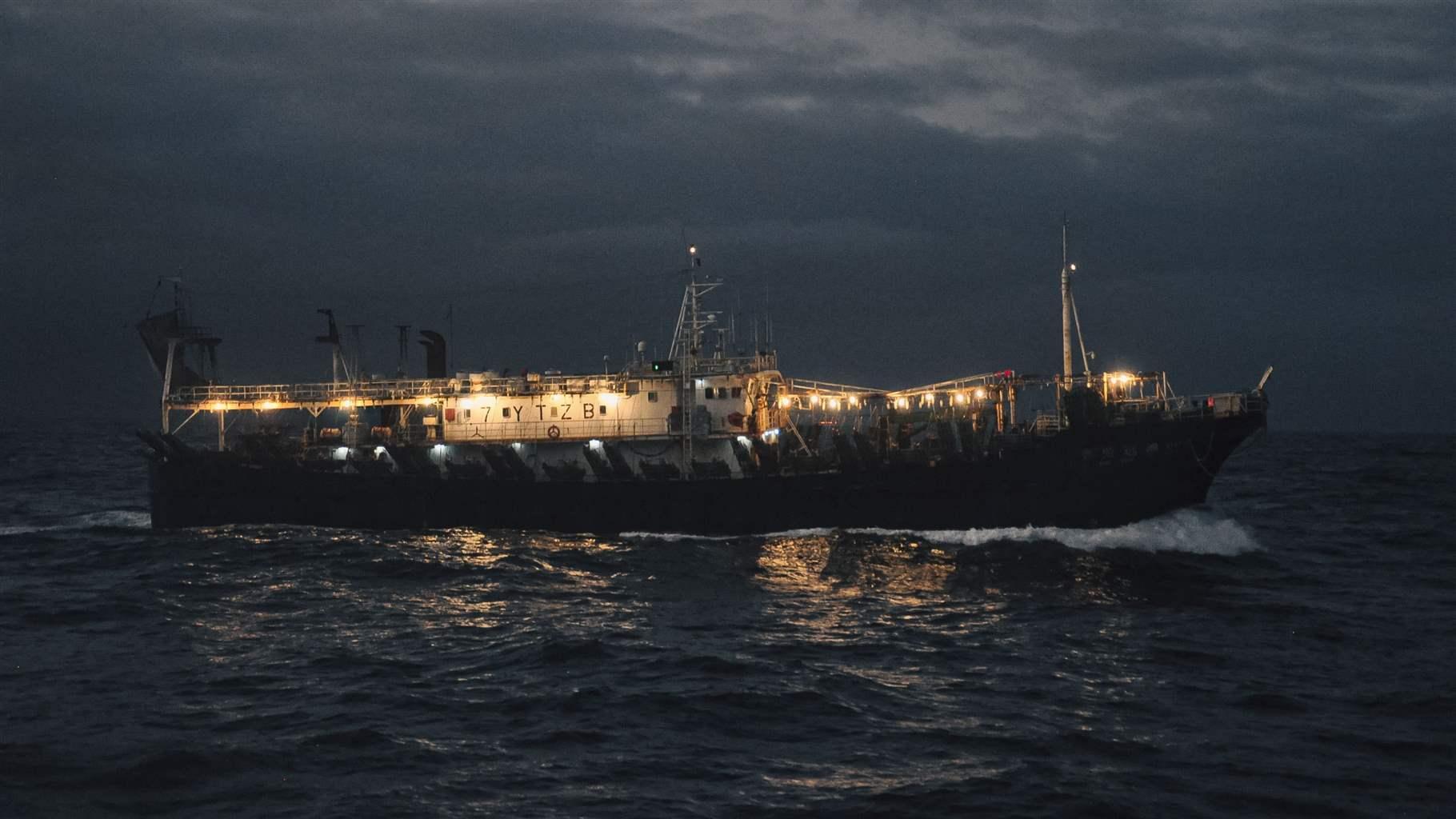





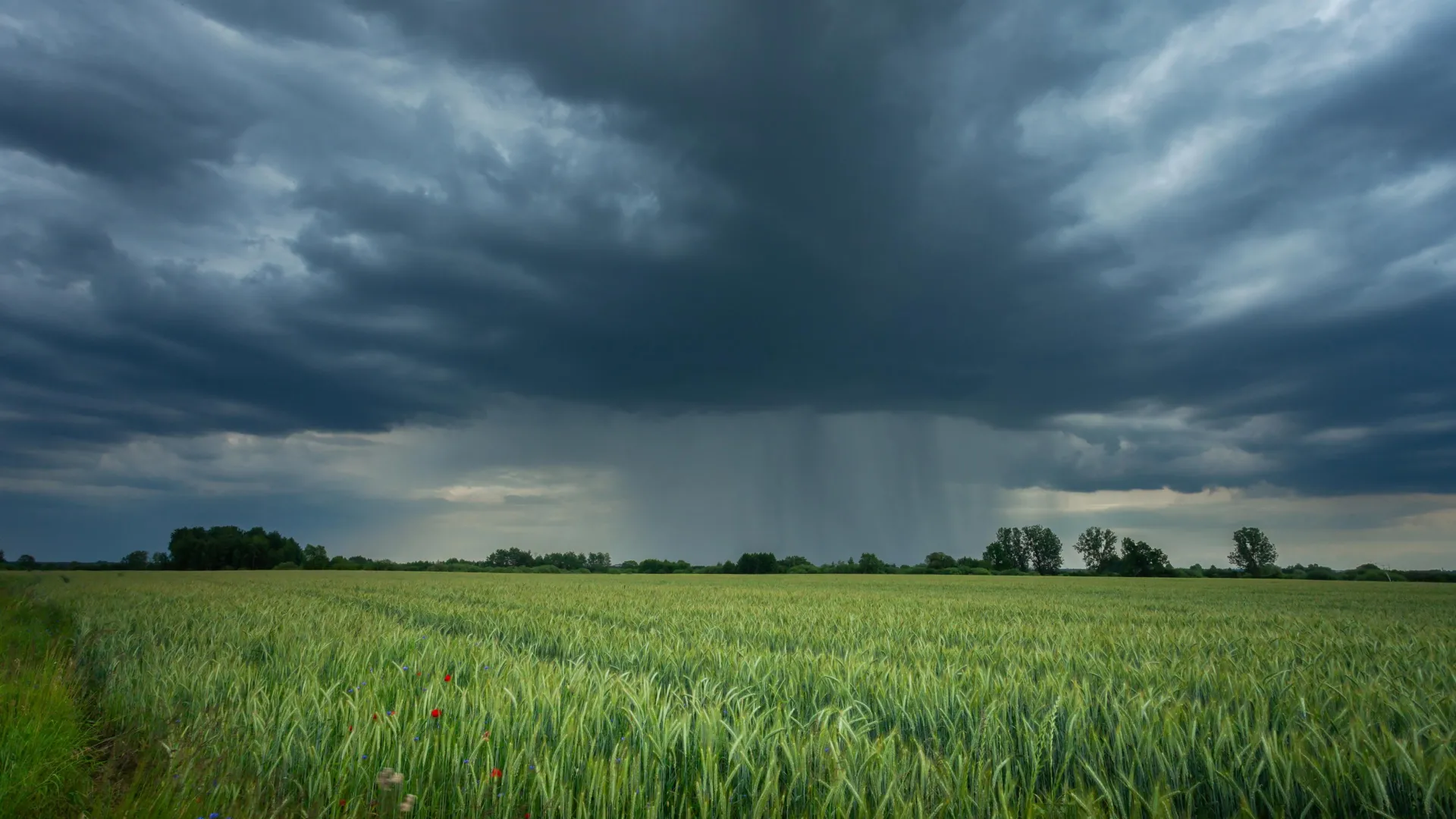

.jpg.webp?itok=0ZsAnae9#)


